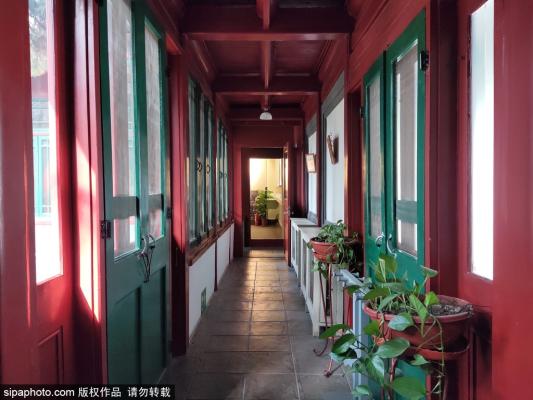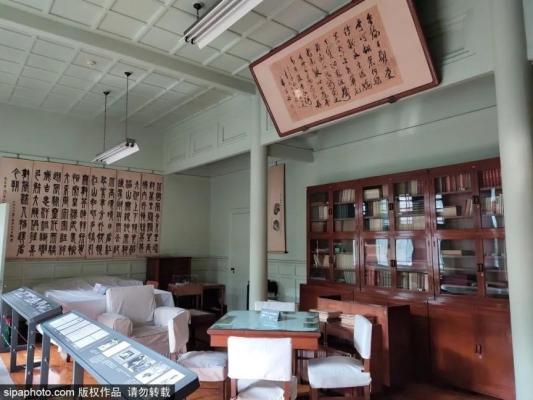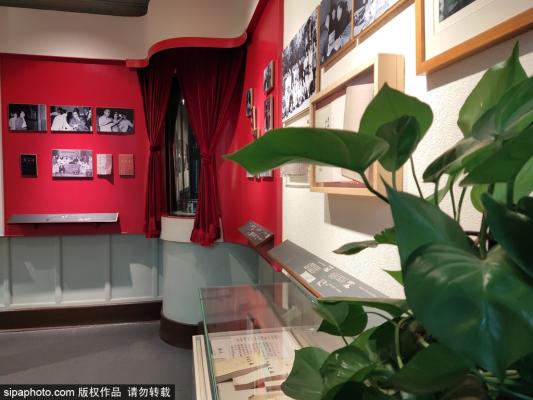Guo Moruo's Former Residence (郭沫若故居)
The residence is a quadrangle courtyard that was firstly built in the early years of the Republic of China .
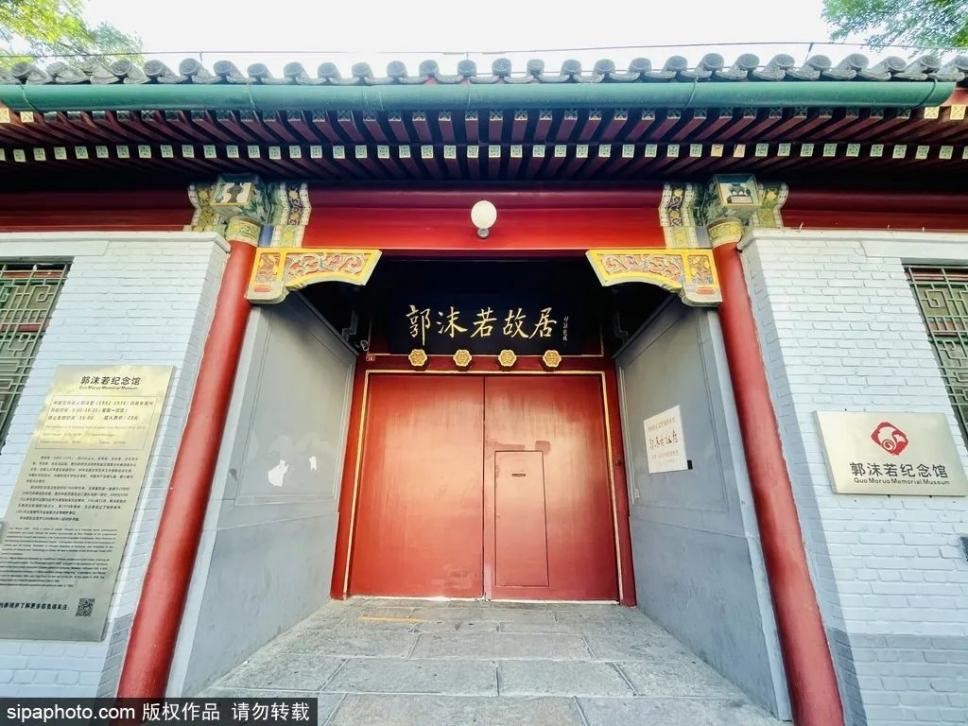
-
Tel:
+8610-83222523 -
Best Time to Visit:
All year round -
Duration:
2 hours -
Admission:
20 yuan/person 20 yuan/person -
Opening Hours:
Tuesday – Sunday 9:00 -16:30, closed on Mondays
Description
Guo Moruo's Former Residence (郭沫若故居)
Guo Moruo was a Chinese author, poet, historian and archaeologist. The Memorial Hall of Guo Moruo’s Former Residence sits on the site that was originally the private residence for the Le Family practiced Chinese medicine for generations. The residence is a quadrangle courtyard that was firstly built in the early years of the Republic of China (1912-1949). During the period of 1950 - 1963, it served as Mongolia’s Embassy in China and then the residence for Soong Ching-ling. In November 1963, Guo...
Read MoreGuo Moruo's Former Residence (郭沫若故居)
Guo Moruo was a Chinese author, poet, historian and archaeologist. The Memorial Hall of Guo Moruo’s Former Residence sits on the site that was originally the private residence for the Le Family practiced Chinese medicine for generations. The residence is a quadrangle courtyard that was firstly built in the early years of the Republic of China (1912-1949). During the period of 1950 - 1963, it served as Mongolia’s Embassy in China and then the residence for Soong Ching-ling. In November 1963, Guo Moruo moved from the No.5 courtyard of the four quadrangle compounds on the west into the residence and had lived here until 1978 when he died of sickness. Guo Moruo spent the last 15 years in this residence.
To commemorate this great cultural figure, Guo Moruo’s Former Residence was open to the public in 1988. The passage of time has endowed the residence with towering verdant trees, chirping birds, fragrance of flowers and crisp air.
Gallery
Latest News
Explore
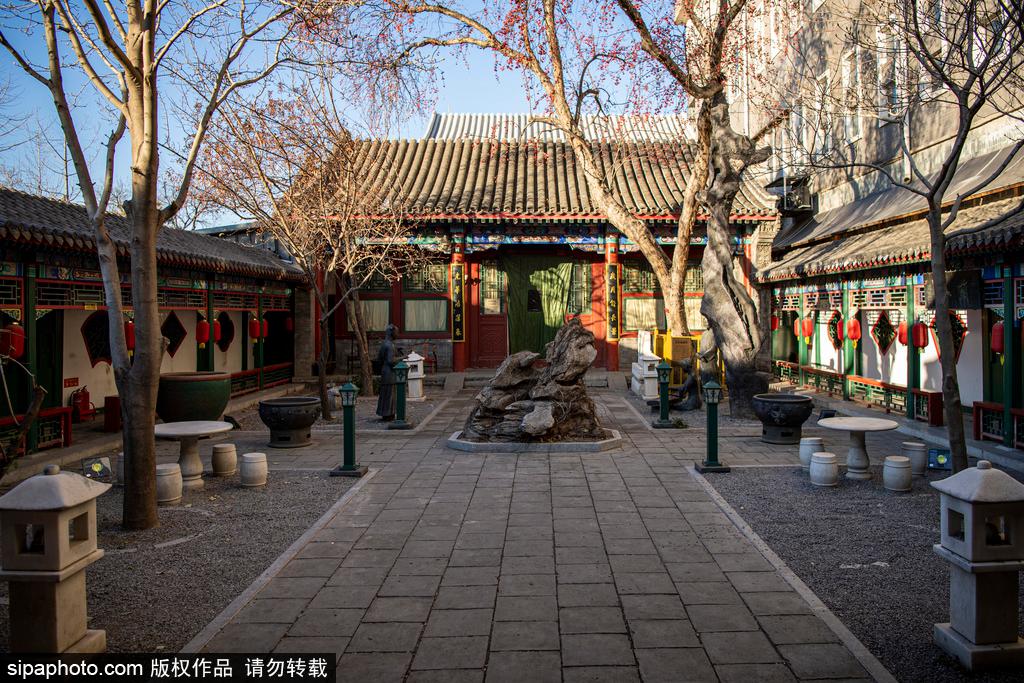
Former Residence of Ji Xiaolan
The former residence of Ji Xiaolan is found on the north side of Zhushikou Avenue W., where the Jinyang Restaurant is located. The residence’s “Yue Wei Cottage” is a traditional Chinese siheyuan, or quadrange, in two sections.It was enrolled as a Historical and Cultural Site Protected at the Municipal Level.
Cai Yuanpei's Former Residence
Mr. Cai Yuanpei’s former residence in Beijing is a courtyard with three entrances from east to west in Dongtangzi Hutong, Dongcheng District, with a construction area of about 368 square meters. From 1917 to 1920, Mr. Cai lived here. As an academic leader, he lived a very frugal life. He did not own any property in Beijing, which means he just rented here. At that time, Mr. Cai was the principal of Peking University.
Li Dazhao's Former Residence
Li Dazhao was a Chinese intellectual who co-founded the Communist Party of China with Chen Duxiu in 1921.Traces of Li Dazhao can be found in three places in Beijing. They are Li Dazhao Martyrs Cemetery, the Cibei Temple in the Taoranting Park and Li Dazhao’s Former Residence. Situated at the No.24 Wenhua Hutong in Xicheng District in Beijing, the former residence of Li Dazhao is a full demonstration of simplicity and elegance.
Do You Know
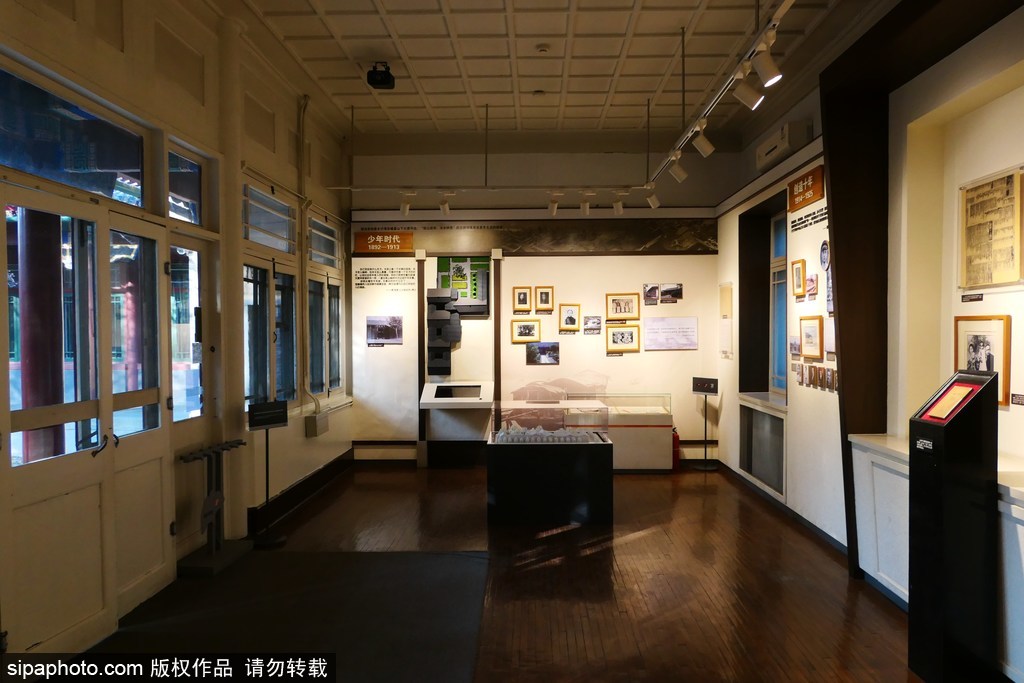
What's inside the old residence?
Today, the place still preserved those old furnishings. The four exhibition rooms in the former residence respectively display various cultural relics created by Mr. Guo such as manuscripts, books, rubbings, calligraphy and painting, letters, daily necessities and so on.
